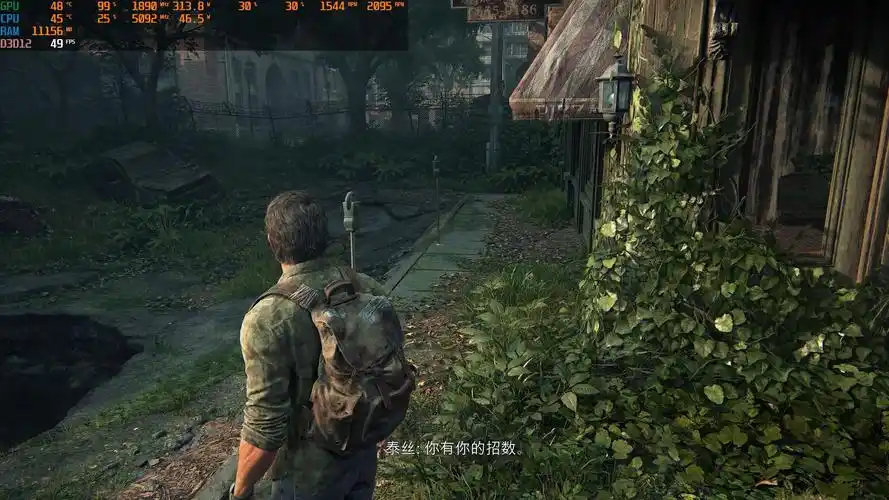Title: Iconic Moments Preserved in Deep Game News: How Journalism Captures Gaming’s Living History
Video games are more than entertainment; they are interactive experiences that shape culture, inspire creativity, and forge communities. While players create personal memories within these digital worlds, it is often game journalism that captures, contextualizes, and preserves the moments that define the industry. From groundbreaking launches to shocking controversies, deep game news serves as a living archive, documenting the evolution of gaming as both an art form and a global phenomenon.
The Role of Deep Game Journalism
Deep game journalism goes beyond surface-level reviews or promotional content. It delves into the stories behind the games—the development struggles, cultural impacts, technical innovations, and human narratives. Outlets like Kotaku, PC Gamer, Polygon, and The Guardian’s games section have built reputations on investigative reporting, critical analysis, and long-form features that treat games as significant cultural artifacts.
This type of journalism doesn’t just report events; it interprets them. It asks why a moment matters, what it says about the industry, and how it affects players and creators alike. In doing so, it turns ephemeral events into lasting historical records.
Iconic Moments Immortalized Through Reporting
1. The Launch of The Elder Scrolls V: Skyrim (2011)
When Skyrim launched in November 2011, it wasn’t just another RPG release—it was a cultural event. Deep game news outlets captured the frenzy: the midnight launches, the memes (“I used to be an adventurer like you…”), and the sheer scope of the game’s open world. Articles explored its Nordic inspirations, its modding potential, and its influence on open-world design. Today, retrospectives still refer to those initial reports to illustrate how Skyrim set a new standard for immersive worlds.

2. The Rise and Impact of Minecraft (2009–2011)
Minecraft’s journey from an indie passion project to a global sensation was meticulously documented by game journalists. They chronicled its alpha and beta phases, its acquisition by Microsoft, and its educational applications. Outlets like Rock Paper Shotgun and Eurogamer published interviews with Markus “Notch” Persson, analyzed its emergent gameplay, and highlighted its role in popularizing sandbox creativity. This coverage helped cement Minecraft as more than a game—it became a platform for learning and creation.
3. The No Man’s Sky Recovery Narrative (2016–2020)
No Man’s Sky’s launch in 2016 was met with criticism over missing features and unmet expectations. But what followed was one of gaming’s most remarkable redemption stories. Deep game news tracked every update—from Foundation to Beyond—interviewing Hello Games founder Sean Murray and dissecting the studio’s quiet commitment to improvement. This ongoing narrative transformed the game’s legacy and showcased the power of post-launch support, all thanks to journalists who stuck with the story.
4. The #GamerGate Controversy (2014)
GamerGate was a dark chapter in gaming history, involving harassment campaigns against women and critics within the industry. Outlets like Kotaku and The Verge exposed the coordination behind these attacks, amplified marginalized voices, and examined the toxic undercurrents of gamer culture. This coverage was crucial not only in raising awareness but also in pushing the industry toward greater inclusivity and accountability.
5. The Release of The Last of Us Part II (2020)
Naughty Dog’s sequel was one of the most anticipated—and divisive—games of the decade. Deep game journalists explored its narrative ambition, technical achievements, and ethical complexities. They also documented the leak that spoiler its plot, the ensuing harassment against developers, and the discourse around its themes of revenge and empathy. These reports captured a moment of artistic risk and cultural debate, preserving the conversation for future reflection.
6. The Indie Revolution and Hades (2020)
Supergiant Games’ Hades redefined the roguelike genre and became a critical darling. Journalists highlighted its fusion of gameplay and storytelling, its inclusive representation, and its development journey. Features in IGN, Game Informer, and Edge magazine illustrated how indie studios could achieve both artistic and commercial success, reinforcing the importance of creative independence in the industry.
How Deep Game News Preserves These Moments
-
Contextualization: Journalists provide background, analysis, and multiple perspectives that help readers understand why an event matters. For example, the reporting on Cyberpunk 2077’s troubled launch didn’t just describe its bugs—it examined the consequences of crunch culture and overhyped marketing.
-
Interviews and Oral Histories: In-depth interviews with developers, composers, writers, and players add human depth to these stories. Oral histories of games like Destiny or Final Fantasy VII offer firsthand accounts that might otherwise be lost.
-
Cultural Criticism: Articles that treat games as art—such as analyses of Disco Elysium’s political themes or Bloodborne’s gothic horror—ensure that games are taken seriously as cultural products.
-
Archival Function: Online articles, podcasts, and video documentaries remain accessible for years, allowing new generations of gamers to explore pivotal moments. For instance, the coverage of E3 presentations or Xbox’s DRM controversy in 2013 serves as a time capsule of industry shifts.
The Future of Preservation
As games become more ephemeral—via live services, digital-only releases, and shifting online ecosystems—the role of journalism in preservation grows even more critical. Games like Fortnite or Among Us create moments that vanish after events end, but journalists capture their impact through season summaries, event recaps, and social commentary.
Moreover, ethical journalism holds the industry accountable, ensuring that stories about labor practices, diversity, and corporate consolidation are not forgotten.
Conclusion: More Than Headlines
Deep game news does more than inform—it immortalizes. It turns fleeting achievements, controversies, and breakthroughs into part of a broader narrative. Through thoughtful reporting, criticism, and investigation, game journalists give iconic moments the depth and permanence they deserve, ensuring that the history of gaming is not just played, but also remembered.
Tags:


















